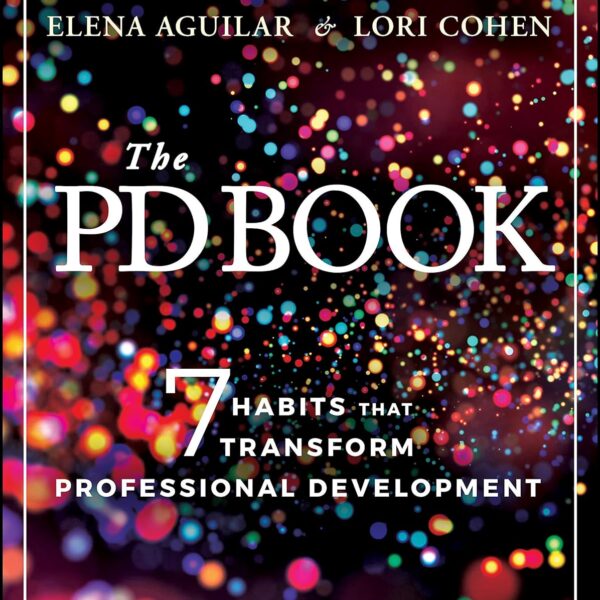Description

Design responsive instruction for the success of special needs students.
As states adopt more rigorous academic standards, schools must define how special education fits into standards-aligned curricula, instruction, and assessment. Utilizing PLC practices, general and special educators must develop collaborative partnerships in order to close the achievement gap and maximize learning for all. The authors encourage all educators to take collective responsibility in improving outcomes for students with special needs.
Benefits:
Use the key ideas and four critical questions of a PLC to maximize learning for all students.Learn when conditions make special education services most effective.Determine priority standards, and study the steps for unpacking these standards into learning targets for special needs students.Discover what tailored instruction for special needs students does and does not mean.Consider common team structures that support effective collaboration.Develop instructional plans for special needs students using reproducibles.
Contents:
Introduction Improving Outcomes for All Students
Part I: Closing the Gap Through Collaboration
Chapter 1: Understanding the History and Reality of Special Education
Chapter 2: Collaborating for All Students
Chapter 3: Developing a Culture of Shared Learning Expectations
Part II: Closing the Gap Through a Focus on Learning and Results
Chapter 4: Establishing What All Students Should Learn
Chapter 5: Designing Standards-Aligned Instruction for Student Success
Chapter 6: Determining Criteria for Assessment
Chapter 7: Planning Goals and Monitoring Progress for All Learners
Chapter 8: Responding When Students Don’t Learn
Appendix A: Reproducibles
Appendix B: Glossary
Publisher : Solution Tree; Illustrated edition (March 15, 2016)
Language : English
Perfect Paperback : 144 pages
ISBN-10 : 1936763990
ISBN-13 : 978-1936763993
Item Weight : 12.8 ounces
Dimensions : 6.75 x 0.5 x 9.75 inches












